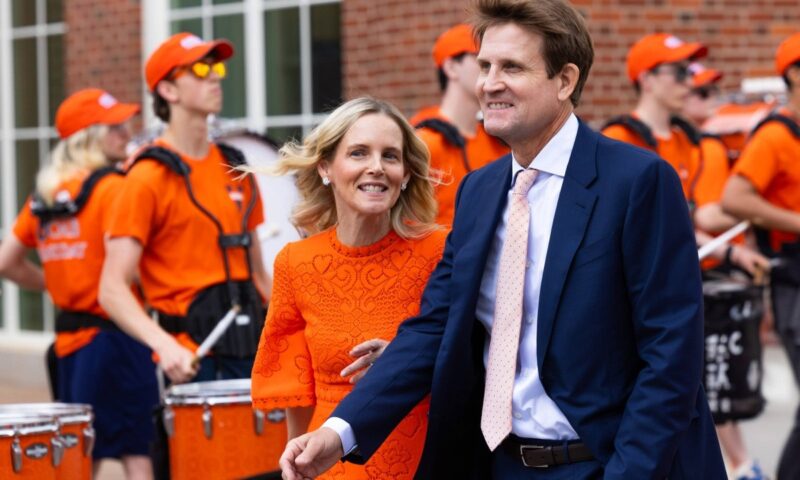By Courtney Hodge
ULI Virginia recently welcomed the White Ruffin Byron Center for Real Estate at the newly expanded Perry Glass Studio in Norfolk for a panel discussion titled “Beyond the Playbook: Repositioning Arts and Culture as Economic Drivers.” The July 1 event, which brought together real estate professionals, developers, city leaders, and artists, explored how targeted investments in arts and cultural infrastructure can catalyze urban revitalization, attract talent, and serve as a powerful economic engine across Hampton Roads, offering the Hampton Roads community insight into how cultural investments can drive regional growth.
 “Events like these offer invaluable opportunities to explore how arts and culture can serve as powerful catalysts for economic development and community identity,” says Keven Lindemann, Executive Director of the White Ruffin Byron Center for Real Estate. “We’re grateful to ULI Virginia and Work Program Architects for hosting such a thoughtful conversation in a space that so clearly embodies the impact of creative placemaking. These dialogues help expand the community’s understanding of how real estate intersects with broader societal goals. We look forward to continued collaboration with partners like ULI across the region.”
“Events like these offer invaluable opportunities to explore how arts and culture can serve as powerful catalysts for economic development and community identity,” says Keven Lindemann, Executive Director of the White Ruffin Byron Center for Real Estate. “We’re grateful to ULI Virginia and Work Program Architects for hosting such a thoughtful conversation in a space that so clearly embodies the impact of creative placemaking. These dialogues help expand the community’s understanding of how real estate intersects with broader societal goals. We look forward to continued collaboration with partners like ULI across the region.”
The panel included:
- Erik H. Neil, Macon and Joan Brock Director, Chrysler Museum of Art
- Robin Rogers, Glass Studio Manager and Program Director, Perry Glass Studio
- Doug Smith (A&S ’85), President and CEO, Hampton Roads Alliance
- Sean Washington, Director of Economic Development, City of Norfolk
Held inside the Chrysler Museum’s $30 million glass-blowing facility, the event centered on the idea that cultural institutions are not just amenities, but vital components of regional economic development. Neil highlighted recent national attention from The Wall Street Journal that positioned the Perry Glass Studio as a key player in Norfolk’s emerging identity as a cultural and creative hub. He credited the City of Norfolk for its long-term, meaningful support of the arts.
The panel emphasized the strategic importance of embedding arts and culture into regional development plans, especially given Hampton Roads’ historical fragmentation across municipal lines. Smith noted that while the region is home to major federal entities like NASA and the Department of Defense, it still struggles with unified messaging to external markets. Washington added that cultural programming is a highly effective tool for talent retention, particularly for military-connected individuals and early-career professionals who might otherwise relocate.
Rogers spoke about the glass studio’s longstanding assistantship program, which draws emerging artists to the region. Yet, he and other panelists acknowledged the challenge of retaining this talent. They called for more affordable housing, expanded studio infrastructure, and continued programming that fully integrates creatives into Norfolk’s economic and civic life.
The conversation broadened to include themes of regional storytelling, investment coordination, and placemaking. Panelists and attendees explored the long-term viability of mixed-use developments that combine cultural programming at the street level with residential or affordable housing above. Other topics included regional mapping of cultural assets, city-to-city collaboration, and the role real estate professionals can play in driving these efforts through development strategies, event programming, and cross-sector partnerships.
As a real-world example of creative placemaking, Perry Glass Studio provided a fitting backdrop. Originally a modest addition to the Chrysler Museum, the WPA-designed facility has since evolved into a regional anchor for arts, tourism, and experiential design.
The event offered a timely and relevant conversation about the intersection of real estate development, cultural investment, and economic growth. As Hampton Roads continues to evolve, initiatives like the Perry Glass Studio illustrate how cities can leverage creative assets to reshape perception, attract new residents and businesses, and build stronger, more vibrant communities. Events like this reinforce the idea that real estate professionals are not just shaping buildings; they are helping shape regional identity.
The White Ruffin Byron Center for Real Estate extends its sincere thanks to ULI Virginia and WPA for their warm welcome into the space and for offering opportunities for in-depth conversations with several of the panelists.



